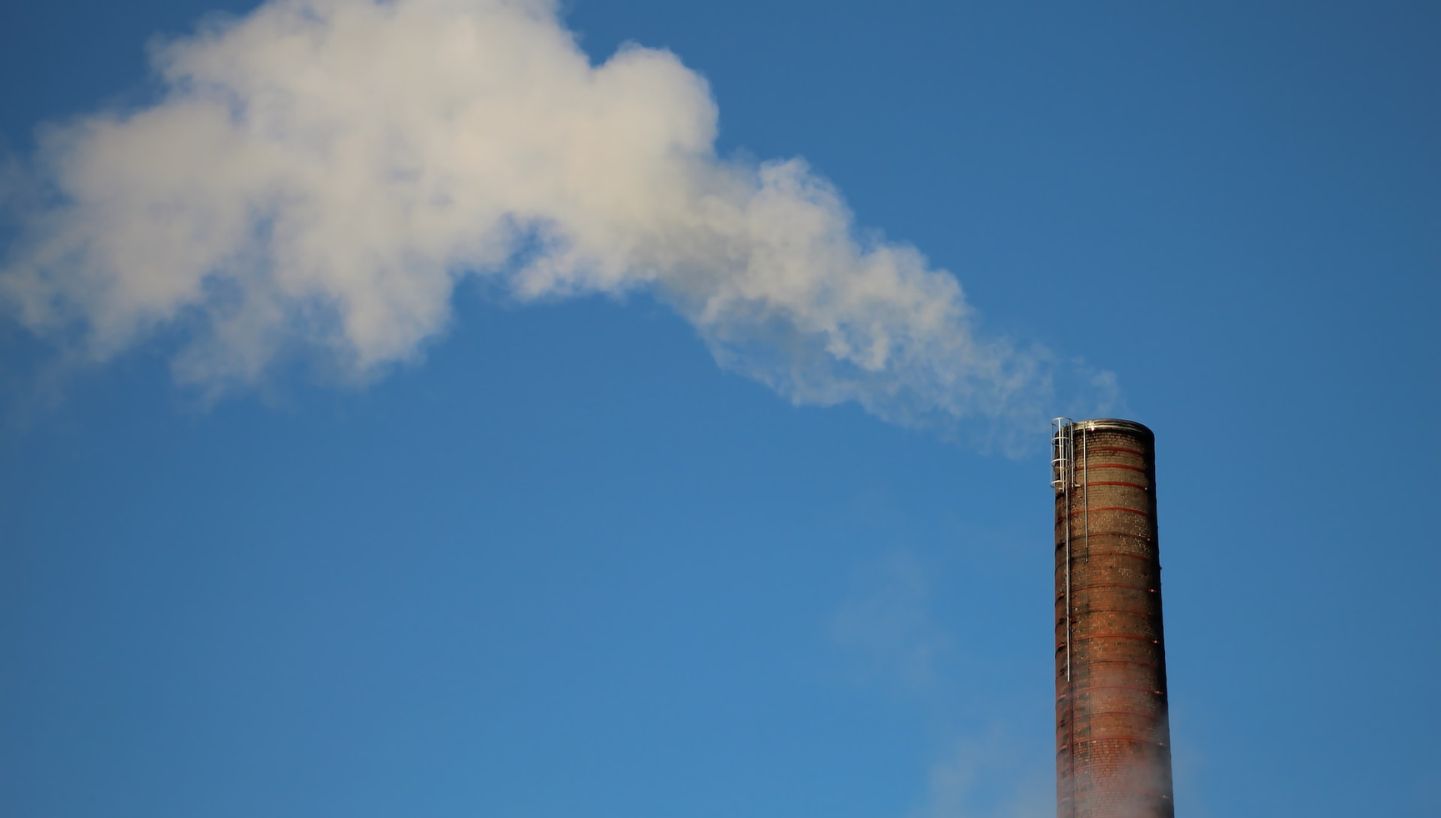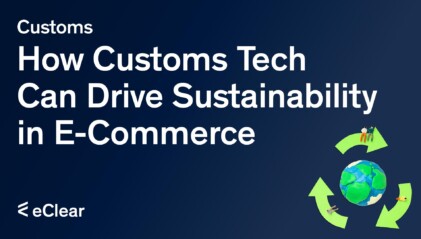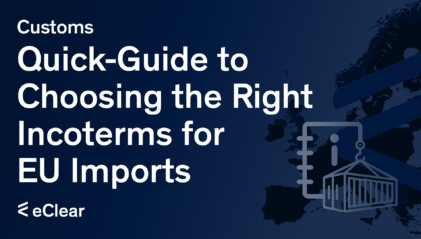The Carbon Border Adjustment Mechanism (CBAM) is far more than just another EU policy acronym; it’s a groundbreaking strategy in global climate action. Designed to impose a carbon cost on specific imports, this EU initiative aims to encourage eco-friendly production methods worldwide. By doing so, CBAM is set to revolutionise international trade operations, particularly for those in the European Union. As a result, understanding CBAM becomes essential for international trade professionals navigating the complexities of sustainable global commerce.
What is CBAM and why is it crucial for cross-border business operations?
Let’s cut through the jargon: The Carbon Border Adjustment Mechanism is far more than a bureaucratic line item in the European Green Deal or mere international trade policy. Slated for enforcement in 2026, with reporting obligations beginning in 2023, CBAM is a transformative force in global climate action. It aims to assign an actual environmental cost to carbon-intensive imports like cement and electricity. Doing so tackles the critical issue of carbon leakage, where companies evade environmental responsibilities by shifting production to less-regulated countries. This isn’t just levelling the playing field in international trade; it’s a seismic shift that makes sustainability a critical factor in financial and operational planning. For those deeply involved in cross-border commerce, understanding CBAM is not just advisable; it’s imperative for future-proofing your operations in a climate-conscious world.
CBAM Application Areas
CBAM is set to revolutionise key industries under the European Green Deal.
Cement Industry: Imagine a world where the cement building our cities creates a sustainable future. CBAM aims to make this a reality by imposing a carbon cost on cement imports, pushing the industry towards greener alternatives.
Iron and Steel Industry: The backbone of modern infrastructure, the iron and steel industry will face a new kind of accountability that factors in the carbon footprint of production.
Aluminium Industry: Lightweight and versatile, aluminium is everywhere, but so is its environmental impact. CBAM aims to curb this by incentivising cleaner production methods.
Fertiliser Industry: Essential for agriculture but detrimental when produced irresponsibly, fertilisers will also come under the CBAM umbrella, encouraging more sustainable agricultural practices.
Electricity: The lifeblood of modern society, electricity generation, will also be scrutinised, pushing for a transition to renewable sources.
Hydrogen: As a potential future fuel, hydrogen isn’t exempt. CBAM will encourage the production of green hydrogen over its more polluting variants.
The CBAM Timeline
The strategic implications of CBAM are twofold. For businesses within the EU and beyond, the mechanism’s phased approach offers a predictable and balanced transition. Meanwhile, authorities can refine the system and gather crucial data on embedded emissions.
Transitional Phase
Start Date: October 1, 2023
End Date: December 31, 2025
Key Requirements: The first reporting period for importers ends on January 31, 2024.
Objective: As a pilot and learning period for stakeholders, including importers, producers, and authorities.
Permanent System
Effective Date: January 1, 2026
Key Requirements: Importers must declare the quantity of goods imported and their embedded greenhouse gas emissions. They will then purchase corresponding CBAM certificates.
Pricing: Based on EU ETS allowances’ weekly average auction price.
Advantages of CBAM
Environmental Protection
Let’s get straight to the point: The Carbon Border Adjustment Mechanism is a game-changer in global environmental protection. Designed to counteract carbon leakage, this EU policy puts a carbon price on imports like cement and electricity. For professionals in cross-border commerce, this is not just an environmental initiative; it’s a new business model that aligns with the EU’s climate-neutral goals.
Competitiveness
CBAM is not merely an eco-tariff; it’s a strategic tool for European businesses in cross-border trade. By levelling the playing field, it protects EU companies from cheaper but more environmentally damaging products, particularly from countries like China and India. This is not just about trade but sustainable competitiveness in the global market.
Compliance
Compliance is the linchpin of CBAM’s success. A robust compliance framework ensures transparency and the accuracy and effectiveness of the mechanism’s implementation. This is governance with teeth, designed to make the policy enforceable and impactful.
Challenges
Implementation
The Carbon Border Adjustment Mechanism is not a plug-and-play solution. It’s a complex mechanism that demands precise and universally accepted environmental standards from all EU member states.
Costs
While CBAM is hailed as a revolutionary tool for environmental protection and fair trade, it comes with its set of criticisms. The most glaring one? The cost. Exporters are required to report their emissions and purchase CBAM certificates, adding another layer of operational costs. For businesses in cross-border commerce, this could mean re-evaluating profit margins and business models.






